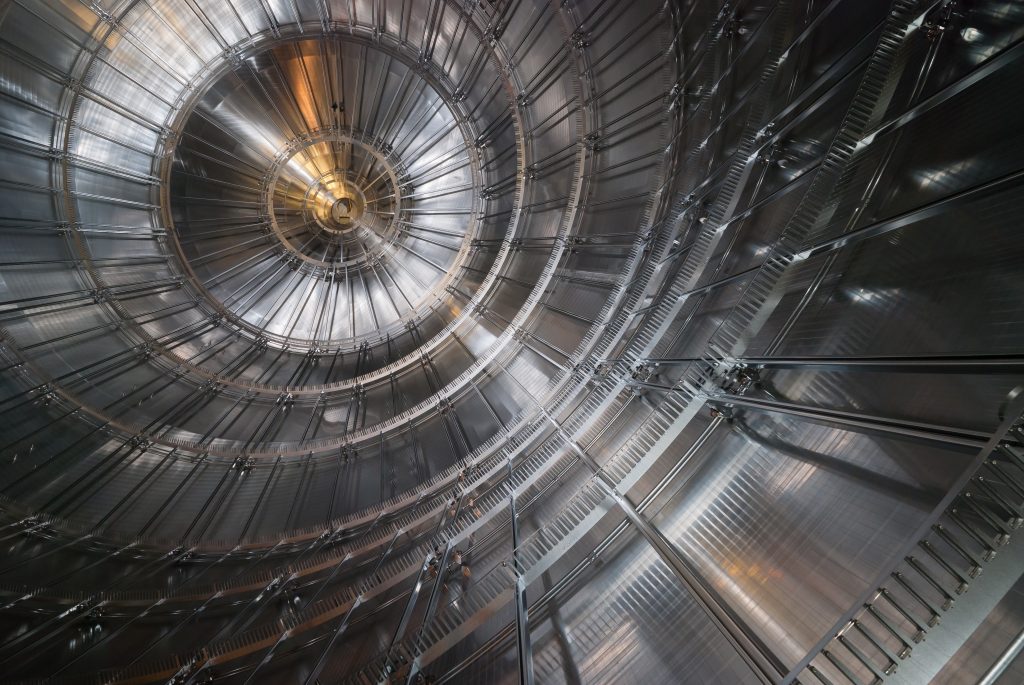CHAPEL HILL — A Nature Physics article published today features a recent discovery made by an international research team that includes UNC Department of Physics and Astronomy scientists.
The team has established a new upper limit of 0.8 eV/c2 for the mass of the neutrino – the lightest known particle – a milestone that will impact future discoveries in nuclear and particle physics and cosmology.
The consequences of a massive neutrino are profound and may guide the development of an improved Standard Model of Particle Physics. Although their mass is tiny, the abundance of neutrinos contributes an important role in forming the largest structures in the universe, the vast clusters of galaxies, the universe as it appears to us today.
“Neutrinos were long assumed to be massless until now,” said John Wilkerson, John R. and Louise S. Parker Distinguished Professor, director of the Institute for Cosmology, Subatomic Matter and Symmetries (CoSMS) and one of three UNC-Chapel Hill participants involved in the Karlsruhe Tritium Neutrino Experiment (KATRIN). “Determining this absolute neutrino-mass scale is vital to our understanding of fundamental interactions, cosmology, astrophysics and ultimately to answering the underlying question on the origin of particle masses.”
Research scientist Tom Caldwell was responsible for data acquisition during the experiment, and postdoctoral research associate Eric Martin also contributed.
“The updated limits on the effective anti-electron neutrino mass from KATRIN’s second physics campaign are an exciting new result, an impressive demonstration of the capabilities of the KATRIN apparatus, and the outcome of resolute, coordinated efforts from the international collaboration,” said Caldwell. “It has been a pleasure to build on the UNC group’s KATRIN DAQ efforts, driven by Mark Howe (now retired), and support the KATRIN experiment’s DAQ systems.”
“I worked on KATRIN from construction through commissioning as a graduate student, and into early data collection as a postdoc,” said Martin. “I’m thrilled to see KATRIN advancing our knowledge of neutrinos after these many years of involvement.”
To measure neutrino mass, KATRIN makes use of the beta decay of tritium, an unstable hydrogen isotope. The team was able to determine the mass of the neutrino via the measured energy of electrons released in the decay process.
But to do so required a major technological effort. The experiment houses the world’s most intense tritium source as well as a giant spectrometer to measure the energy of decay electrons with unprecedented precision. Read the abstract and full text of the published paper here.
Image credit: Michael Zacher


